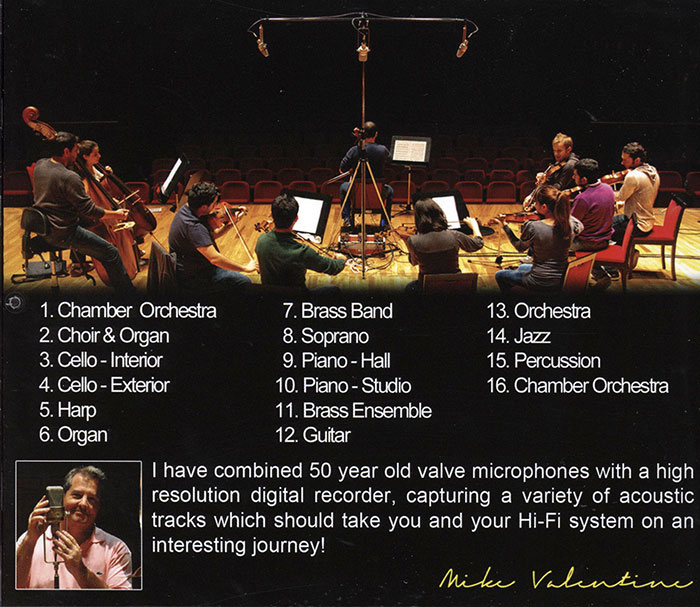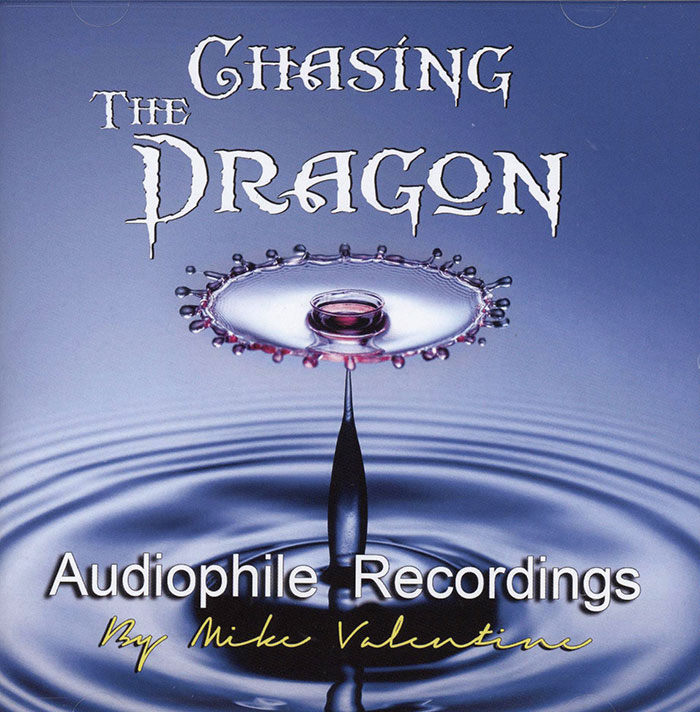No i… do najnowszego krążownika szos, przyspawał chłop dyszel, zaprzągł dwa konie, siadł na masce auta i krzyknął:
– Wio!
Wiatr zerwał czapkę z głowy, resztki spod końskiego ogona rozpłaszczyły się na chłopskim czole, ale jazda była kawaleryjska!
****
Z wyobraźnią zawsze miałem kłopoty.
Ona ze mną – żadnych. Nie liczyła się z tym, co ludzie powiedzą, gdy bezwolnie wygłoszę ten czy inny pogląd. Bynajmniej – mnie mój. Tylko mojej wyobraźni.
Przyjaciel psychiatra już dawno załamał ręce.
– Nie na moją głowę twoja łepetyna…
Hm… Dlaczego powiedział: łepetyna? A o swojej – głowa…?
Czy aby jednak wyobraźnia mieści się w głowie (mojego przyjaciela) lub we łbie – jeśli mówimy o mnie? Skąd to rozróżnienie? A kto to udowodnił? A może ona wczepiła się zupełnie gdzie indziej? Ale gdzie? Mam wymieniać potencjalne członki?
Kiedyś wpadła mi w ręce książka z cudownymi przepisami na niezwykłe dolegliwości. Szukam: wyobraźnia… Nic. Ale na nagniotki i świerzb – dziesiątki recept. Czy to znaczy, że z wyobraźnią ludzie w dawnych czasach nie mieli problemów?
Dostałem dobrą radę: wyjdź z siebie i wtedy, z dystansu, przyjrzyj się sobie. Zawsze też będziesz wtedy mógł to czy owo sobie poprawić albo naprawić.
Skorzystałem. Stoję przed sobą i co najwyżej rękę sobie sam złamać mogę. Po wyobraźni – ani śladu.
Menda jedna… Gdzie ona jest?
Gdybym ja chciał, żeby mnie nikt nie znalazł – schowałbym się. A gdybym się bał – skrył, zaszył gdziekolwiek. Ale moja wyobraźnia nie może wiedzieć, że chętnie bym jej łeb ukręcił (ile ich ma?). Ona się ze mną wogóle nie kontaktuje. Raz jej naubliżałem z użyciem wyrazów kancelaryjno-magazynowych! Tak, oczywiście. Ale nawet nie odburknęła.
Kompletne mnie ignoruje. A raz, kiedy nie wziąłem parasola, com go w kratkę (to znaczy on jest w kratkę), a ja go pod choinkę dostałem – olała mnie deszczem tak, że w pewnej części garderoby mógłbym sobie niewielkie akwarium wyrychtować.
*******
OK.
Miało być o nagraniu audiofilskim.
Mike Valentine nie ma problemów z wyobraźnią. Jest człowiekiem treści i konstrukcji, praw fizyki i elektryki, skutecznym eksperymentatorem.
Zebrał stare mikrofony. Te legendarne. Te, które utrwaliły miliony godzin muzykowania zespołów i solistów najsłynniejszych wytwórni płytowych z połowy XX wieku.
Stare klamoty podłączył do najnowszych konstrukcji cyfrowych, rejestrujących dźwięk. I powędrował do miejsc, w których przed ponad półwieczem realizowano słynne koncerty oraz recitale.
Nagrał nowy materiał.
I wszystko wydał na płycie.
Tej właśnie.
*****
(…………) – i tyle.
Proszę? Nic nie widać ani nie można przeczytać?
Też to zauważyłem.
Wyobraźnia… oniemiała na ten dźwięk.
Czyli – jest poskramialna?
Ha! A może ona jest formą kitu, który dopełnia i wypełnia braki i luki oryginału?
Zanika, gdy staje wobec dzieła skończonego?
Zaraz, posłucham jeszcze raz… Niech spłonie w uścisku faktów…
1. Chamber Orchestra: Vivaldi’s Concerto for 2 Mandolins
In the early 1950’s Decca engineers were experimenting with stereo recording techniques. Using 3 omni directional Neumann M50 microphones, their system became know as the „Decca Tree”. The same „Decca Tree” has been used here to capture Vivaldi’s wonderful composition. This approach also re-creates the warmth of the monastery were it was recorded in Venice.
2. Choir and Organ: Schubert’s Ave Maria
Chelmsford Cathedral in England has a wonderful organ, which in this recording is combined with their own choir. Just two M50 omni directional mics were used. Known as a „spaced pair” they are really successful at capturing the atmosphere of the church. The choir were placed in front of the organ and recorded at night to reduce traffic noise.
3. Cello Interior: Bach’s Cello Suite No. 1
In an English church, 3 M50’s were set up to record cellist Justin Pearson performing Bach’s Prelude. Between the mic, a Jecklin Disc was placed. This increased the separation of the spaced pair. The acoustics of the church are wonderful!
4. Cello Exterior: Bach’s Cello Suite No. 1
The same microphones, performer, cello and the same piece of music… but this time recorded outside in the graveyard! How important are acoustics? What would it sound like to be able to remove the church from the last recording? Compare the tracks to hear for yourself the results of this interesting experiment!
5. Harp: Watching The Wheat
Invented by Alan Blumlein in the 1930’s this recording of a harp uses his „crossed pair” of figure 8 microphones. They are placed one on top of the other and stereo positioning can be accurately captured. The microphones are just as sensitive to the rear as to the front therefore a really good all round acoustic space should be used.
6. Organ: Widor’s Toccata and Fugue
Here is Widor’s war horse, performed in a large church in central London. Recorded during the day so you will hear some traffic noise! The organs air pump was also quite noisy however, the musical presentation of this great piece shines through! Two omni directional M50s with a lambs wool disc were placed in front of the pipes.
7. Brass Band: Copland’s Hoe Down
A group of amateur brass musicians have come together to form East London Brass. They have won several prizes and here they have been recorded using the „Decca Tree” along with 2 spot mics on the percussion to capture their performance of this great piece. This simple recording technique also captures the excitement of this live performance.
8. Soprano: Mozart’s Agnus Dei
The young award winning soprano Daisy Brown is recorded here in a large church performing this wonderful piece. The church organ provides a wonderful accompaniment to this piece.
9. Piano Concert Hall: Ginastera’s Dazas Argentinas
There are many ways to record a piano. Here, a „spaced pair” of Neumann U47s have been used to capture the concert hall and another U47 as a single „spot mic” on the piano. These valve mics are over 50 years old in design. However, they seem to successfully capture the young Turkish student Suzan Senol’s youthful and vibrant performance.
10. Piano Recording Studio: Davidson’s Improvisation
Unlike the purity of the concert hall with its natural acoustic space, the piano here in the recording studio was captured with 6 microphones. Two on the keys, two on the strings and two set back within the studio. Echo was then added electronically. This makes an interesting comparison to Piano Concert Hall: Ginastera’s Dazas Argentinas.
11. Brass Ensemble: Mouret’s Rondeau
Mouret’s Rondeau is performed here by 5 musicians which were spread uniformly across the stage. From left to right are a trumpet, french horn, bass trombone, trombone and cornet. In a recording studio each musician would probably have had their own microphone. Here the ensemble were captured in a real acoustic space using the „Decca Tree”.
12. Guitar: Bach’s Lute Suite No. 3
Turkish guitar student Sinan Kursun performs Bach’s Lute Suite in the ASSMM Concert Hall in Izmir Turkey. Two U47s were placed at the front of the stage to capture the ambience and another placed in front of the guitar. As the mics were recorded separately, it gave the opportunity of balancing the instrument within the acoustic space.
13. Orchestra: Tchaikovsky’s Nutcracker Suite Pas De Deux
The „Decca Tree” was used as well as 2 mics added to the left and right at the front known as „out-riggers”. A spot mic was also added for the woodwinds.
14. Jazz: Ellington’s Caravan
Piano, bass, trumpet and drums provide the core of jazz bands all over the world. Recorded in a small club in Izmir Turkey, Duke Ellington’s timeless piece provides all the musicians with an opportunity to perform their individual solos.
15. Percussion: Kartari’s Improvisation
Take a variety of cymbals, bells and gongs and hand them from a frame made of boat oars. Now add Turkish percussionist Emre Kartari to the ingredients and play! From the quietist bell to the loudest gong, this piece should really push the abilities of your system. Watch your replay level… although it starts quietly, it really gets loud!
16. Chamber Orchestra: Sarasate’s Tarantella
the „Decca Tree” has been used to record Sarasate’s ravishing Tarantella. To reduce reflections form the windows in this venetian monastery, 6 mattresses have been added. Mush to the amusement of the musicians! The „Decca Tree” is wonderful at capturing the should of the music and just as importantly, the acoustic space.
„I have combined 50 year old valve microphones with a high resolution digital recorder, capturing a variety of acoustic tracks which should take you and your Hi-Fi system on an interesting journey!” – Mike Valentine, producer/engineer



Add Comment